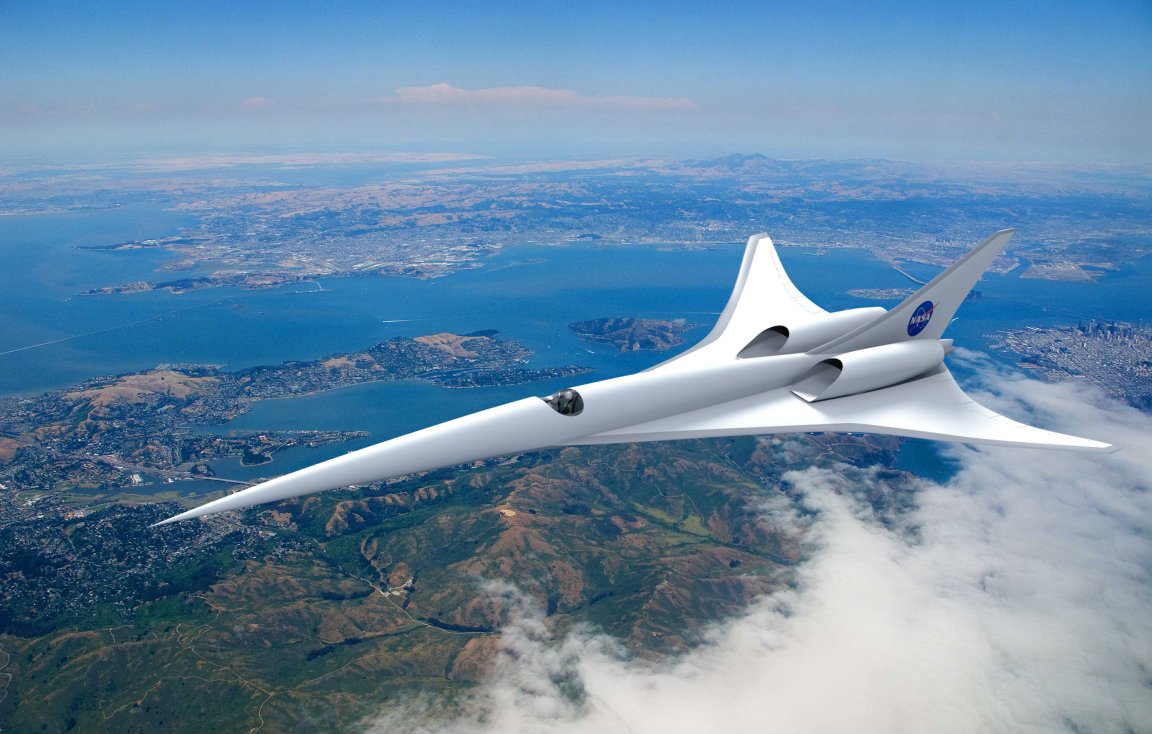
Going Hypersonic
Within the next decade, planes could be capable of traveling across the country by hypersonic flight in less than an hour—all it would take is some boron nitride.
A key factor for a vehicle to maintain extremely high speeds is the intense amount of heat generated during travel; for example, the now-retired supersonic Concorde aircraft experienced temperatures of up to 260°F at its lazy cruising speed of 1,534 miles per hour. As such, the materials used to build these aircraft must also be able to withstand very high heat, in addition to being structurally stable and lightweight. A study conducted by researchers from NASA and Binghamton University investigated the properties of nanotubes made using boron nitride, a combination of boron and nitrogen. The study revealed it could potentially be used to make hypersonic travel—speeds above 4,000 miles per hour—possible.

Currently, carbon nanotubes are used in aircraft due to their strength and ability to withstand temperatures up to 400 degrees Celsius (752 degress Fahrenheit). Boron nitride nanotubes (BNNTs), however, can withstand up to 900 degrees Celsius (1652 Fahrenheit). They can also handle high amounts of stress, and are much more lightweight than their carbon counterparts.
The Price of Air Travel
The problem with using BNNTs is their cost. According to Binghamton University Associate Professor of Mechanical Engineering Changhong Ke, coating an aircraft with BNNTs would run a very high price tag.
“NASA currently owns one of the few facilities in the world able to produce quality BNNTs,” said Ke. “Right now, BNNTs cost about $1,000 per gram. It would be impractical to use a product that expensive.”
Despite the high production cost, it’s possible prices will decrease, and production increase, after more studies detail the material’s usefulness. Carbon nanotubes were around the same price 20 years ago, but are now between $10 and $20 per gram. Ke believes something similar will happen with BNNTs.
That said, don’t expect the first application of BNNTs to be for commercial aircraft. They’ll probably be used for military fighter jets first, with commercialized flights to follow after. Hopefully by then, we’ll other other ways to travel quickly: be it by hyperloop, Elon Musk’s BFR rocket, or China’s plans to build the fastest “flying train.”